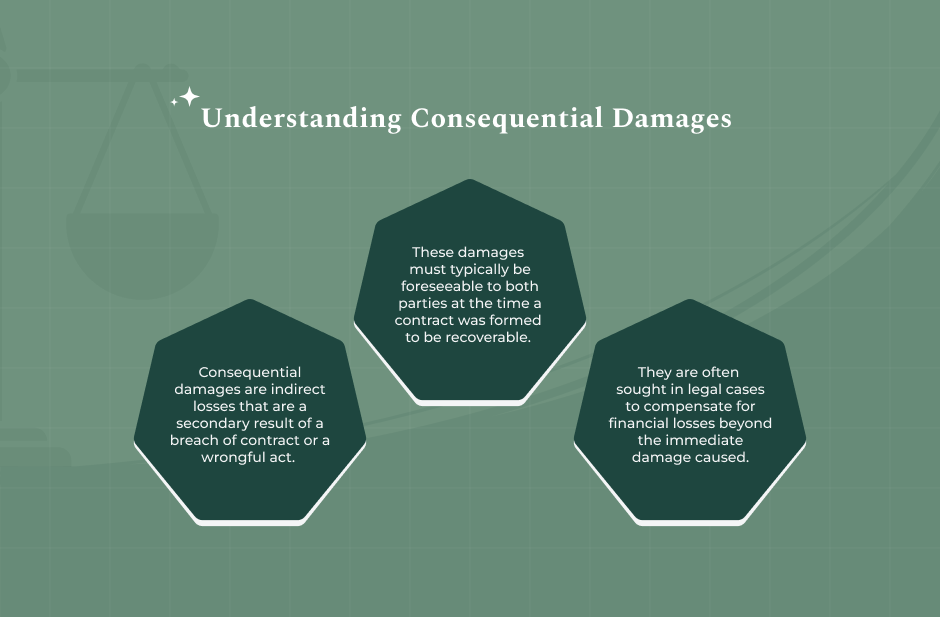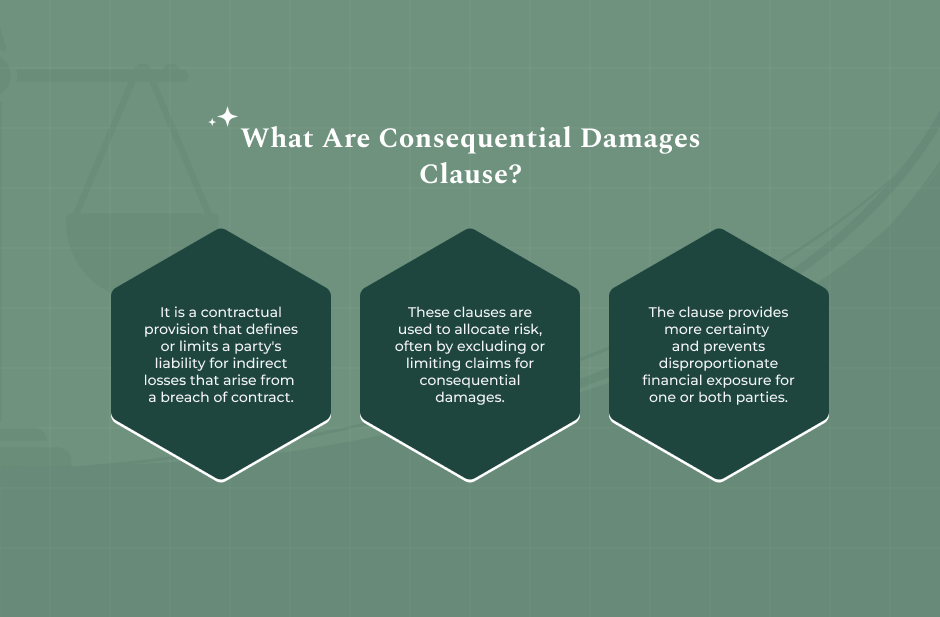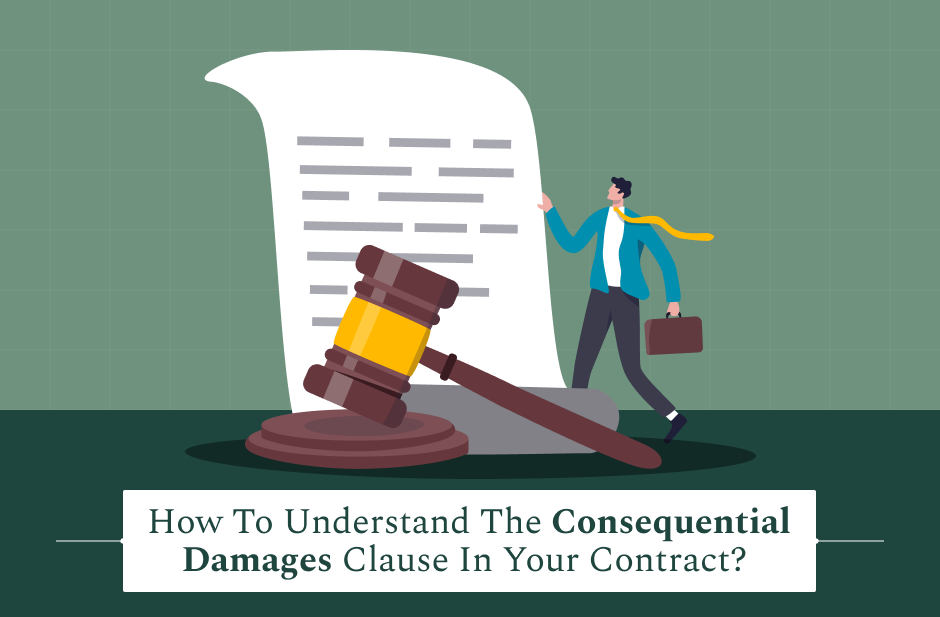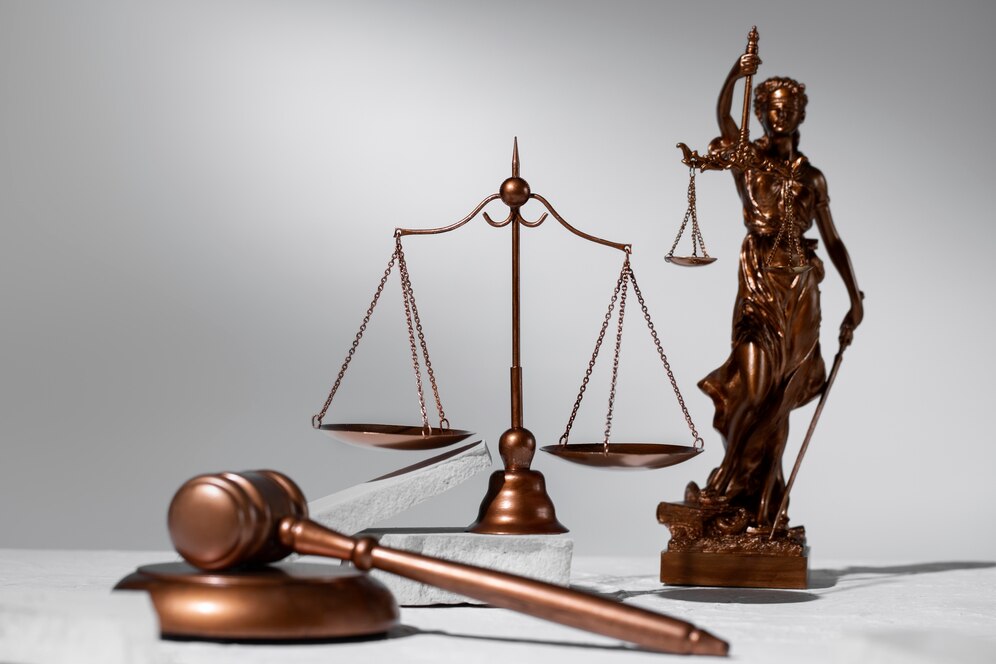When most people sign contracts, they tend to focus on price, delivery schedules, or performance standards. What often gets overlooked are the finer details, particularly the consequential damages clause. Yet, this clause can determine whether you walk away from a dispute with a manageable loss or a financial disaster.
Understanding this clause is not just for lawyers. Irrespective of your profession, if you are into business, maybe a small business owner, a service provider, or an individual signing a commercial agreement, knowing what “consequential damages” means—and how it applies to your contract—can protect you from unexpected liability.
In this article, I will explain:
- What are consequential damages?
- Why you should care about the clause
- How courts interpret the consequential damages clause
Additionally, I will also explain some of the best practices that you need to follow when it comes to signing an agreement with such a clause. So, if these are some of the things that you want to know, keep on reading till the end…
What Are Consequential Damages?

Consequential damages, sometimes called special damages, are losses that do not flow directly from a breach of contract. Rather, it occurs as a secondary result of that breach.
Unlike direct damages, which are about the actual cost to replace or fix something, consequential damages stem from the “special circumstances” of the non-breaching party. For these damages to be recoverable, they must have been foreseeable to both parties at the time the contract was made.
Such losses can be the result of damage to a company, the deprivation of anticipated profits, savings, or income, and any other financial loss that is not compensated by the amount of the prevailing damages.
The nature of consequential damages is the inclusion of those that even ordinary, reasonable people may not comprehend or foresee as a consequence of their daily business activities.
To give you an example, let’s say you had a factory and someone was supposed to provide you with a few parts. Now, because you didn’t get the parts, your factory shut down, and you lost weeks of sales.
The key factor is foreseeability. In other words, the damages must have been something both parties could reasonably anticipate at the time of contracting.
This principle traces back to the famous case Hadley v. Baxendale (1854), which established that only reasonably foreseeable losses can be recovered as consequential damages.
As stated by AIA Contract Documents, “Consequential damages can generally be awarded if they were reasonably foreseeable when the parties entered into the contract.”
Understanding A Consequential Damages Clause

A consequential damages clause is a provision in a contract that limits or excludes liability for these types of indirect losses.
A common example looks like this:
“Neither party shall be liable for any indirect, incidental, special, or consequential damages, including lost profits or business opportunities, arising out of this agreement.”
Businesses include these clauses to reduce risk. This is because consequential damages can often be unpredictable and far greater than direct damages.
Why Does The Consequential Damages Clause Matter?
Many businesses overlook this clause until it’s too late. But why does it matter? Well, for starters, it:
- Reduces the extent to which you can be held liable: In case the clause is missing, you might find yourself responsible for lost profits amounting to millions of dollars.
- Stops legal actions from becoming bigger: The provision limits the range of what can be lawfully recovered in disagreement cases.
- Assists in fair distribution of the risk: Agreements are most effective when the involved parties have equally shared the risks.
For example, a software company delivering cloud services might exclude liability for lost profits if a client’s system goes down. Without this clause, the company could face massive lawsuits if the outage disrupted customer businesses.
Read Also: How Personal Services Contracts Work?
How To Understand The Consequential Damages Clause In A Contract?
If you have no idea whether or not your contract includes a clause dealing with consequential damages, then a few things you must do to assess it will come in handy.
- Find the clause: It is quite common for such a clause to be located in the “Limitation of Liability” section.
- Search for terms: Be on the lookout for “indirect,” “incidental,” “special,” or “lost profits.”
- Determine if the clause is mutual: Is the clause intended for both parties or does it only protect one side?
- Check for carve-outs: A few contracts may have differing views allowing these exceptions, for example, willful misconduct, confidentiality breaches, or intellectual property violations.
- Learn the jurisdictional interpretations: The courts in each state and country may interpret these clauses in different ways (U.S. vs. UK vs. international agreements).
Real-Life Examples Of Consequential Damages Disputes
1. Manufacturer vs. Supplier: A supplier delivered defective components, causing the manufacturer to lose a major client. The court had to decide whether lost profits were consequential damages.
2. Software Downtime Case: A cloud provider faced claims from businesses that lost revenue due to downtime. The provider avoided liability because of a well-drafted consequential damages exclusion.
What Are The Risks Of Consequential Damages Clauses?
It is true that consequential damage clauses protect parties from extreme liability. However, it is important for you to understand that these clauses are not fully bulletproof.
There are several risks and limitations of these clauses that you need to be aware of:
- Overly broad clauses may be struck down: Courts may invalidate clauses that are unconscionable or violate public policy.
- Industry-specific rules may override them: For example, consumer protection laws sometimes limit liability exclusions.
- Grey areas cause disputes: Is data loss “direct” or “consequential”? Courts differ in interpretation.
- Unbalanced risk: If the clause only protects one party (often the stronger one), it can leave the other highly vulnerable.
Read Also: What Every Homebuyer in Spruce Grove Should Know About Real Estate Contracts
How Do Courts Interpret The Consequential Damages Clause?
How the court interprets that damages clause in a contract greatly impacts your case.
For instance, in the United States, the courts generally uphold limitation clauses as long as they are clear and unambiguous. These damages “do not necessarily have to arise from the direct wrongful action of the defendant, but result naturally from the act,” according to Cornell Law School’s Legal Information Institute.
While it is true that the foreseeability of damages is something that courts do pay attention to, as seen in the Hadley v. Baxendale rule, the language is also given emphasis.
However, this focus on the language also varies from court to court. Moreover, some courts simply look at fairness and context.
For instance, in Metropolitan Life Ins. Co. v. Noble Lowndes Int’l, Inc., 643 N.E.2d 504 (N.Y. 1994), the court upheld a limitation of liability clause even though it significantly restricted damages, because the language was clear and both parties were sophisticated businesses.
Best Practices for Negotiating Consequential Damages Clauses:
If you’re signing a contract with this clause, here are practical tips:
• Avoid one-sided clauses.
• Carve out exceptions.
• Be industry-specific.
• Consult a lawyer.
Frequently Asked Questions (FAQs):
Here are some of the questions that most people want to know about consequential damages. Please take a look at them before you leave:
1. Are Consequential Damages The Same As Punitive Damages?
No. Consequential damages compensate for indirect financial losses, while punitive damages are designed to punish wrongdoing.
2. Can I Negotiate A Consequential Damages Clause?
Yes. Businesses often negotiate carve-outs or mutual protection.
3. What Happens If My Contract Doesn’t Mention Consequential Damages?
If the contract is silent, courts may allow recovery of consequential damages if they were foreseeable at the time of contracting.
4. How Do Small Businesses Protect Themselves From High Consequential Claims?
They should insist on limitation clauses, mutual liability caps, and carve-outs that fairly allocate risk.
















